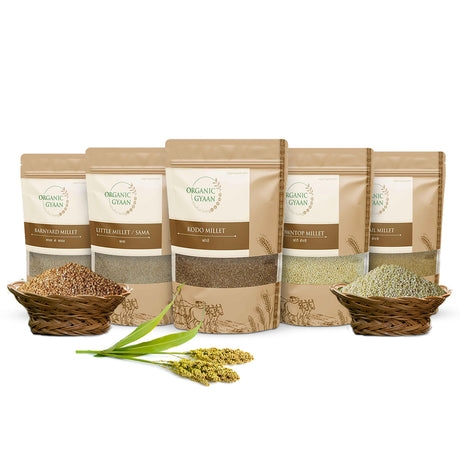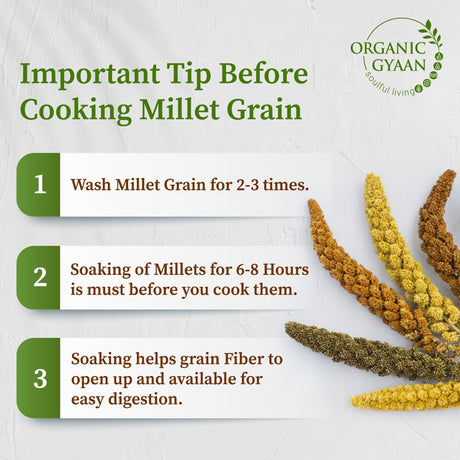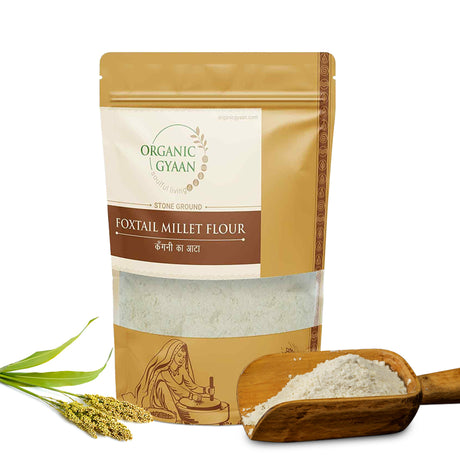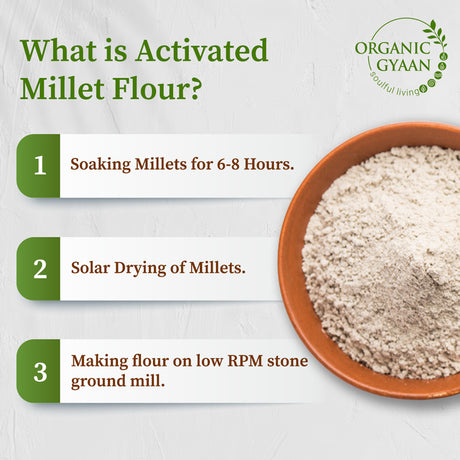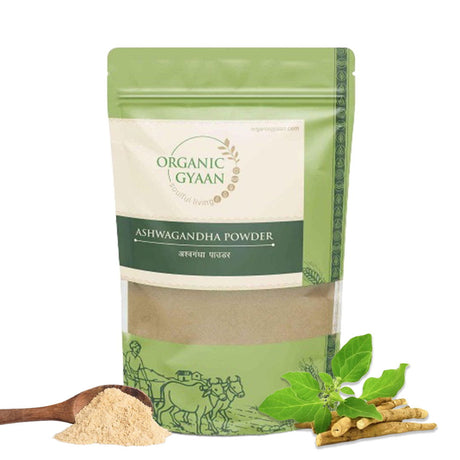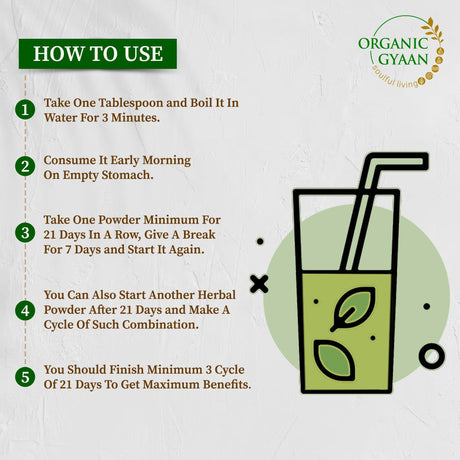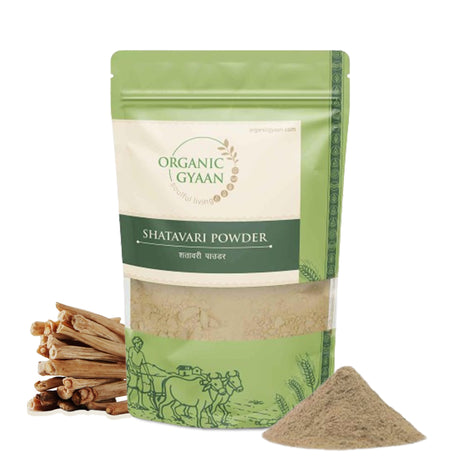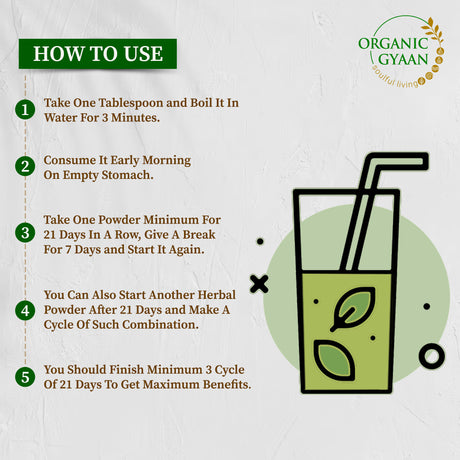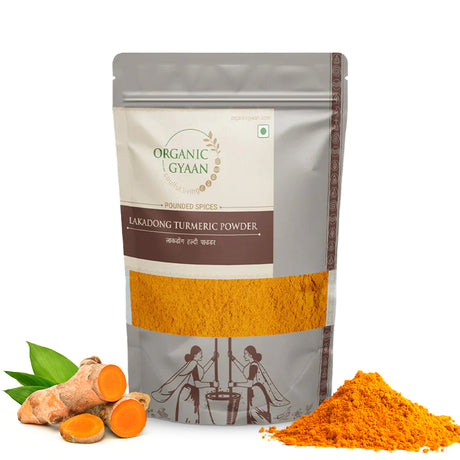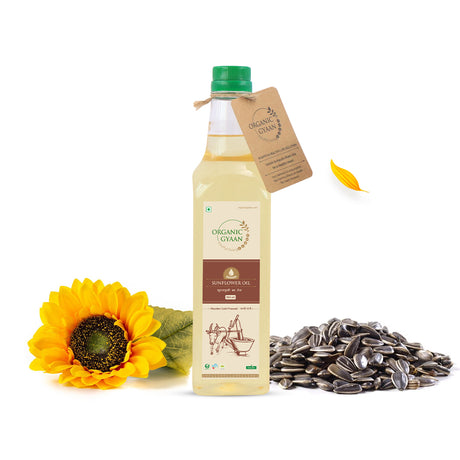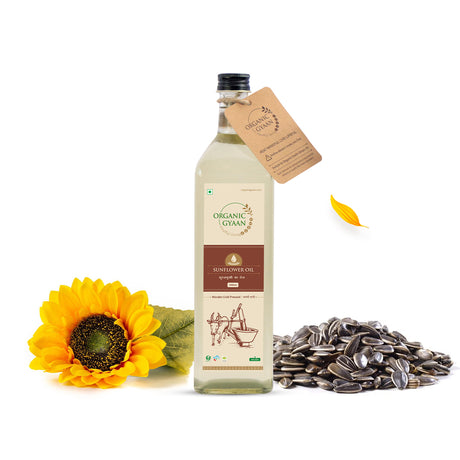Did you know your skin can warn you about diabetes even before your blood tests do?
Most people expect diabetes symptoms like frequent urination, constant thirst, or tiredness. But according to the American Academy of Dermatology (AAD), your skin often shows the earliest and most visible signs - long before your sugar levels show up as high on a report.
These signs are simple to notice, easy to understand, and extremely important because they reflect what is happening inside your body.
In this blog, you’ll learn the 10 major skin-related warning signs of diabetes, why they happen, how they look, and what you can do about them.
What Are Skin Diabetes Symptoms?
Skin diabetes symptoms are early skin changes caused by high blood sugar, insulin resistance, or poor circulation. These symptoms appear because:
- Blood becomes thicker
- Skin loses moisture
- Healing slows down
- Infections grow faster
- Collagen becomes weak
- Skin cells overproduce pigment
That’s why skin is often the first place to show early signs of diabetes.
1. Dark, Velvety Patches on the Neck or Underarms
(Acanthosis Nigricans)
How It Looks
- Dark brown or black patches
- Soft, velvety texture
- Found on neck, underarms, groin, or knuckles
Why It Happens
This is a strong early indicator of insulin resistance. High insulin forces skin cells to grow quickly, leading to dark and thickened skin.
What Helps
- Switch to low-GI millets like foxtail or little millet to reduce insulin levels.
- Avoid sugar and packaged snacks that cause insulin to spike.
- Apply cold-pressed coconut oil to soften and nourish the skin.
- Drink warm water + cinnamon daily to naturally improve insulin sensitivity.
2. Very Dry, Rough, or Flaky Skin
How It Looks
- Rough patches
- Flakes or cracks
- Itching
- Tightnes
Poor blood circulation also reduces oxygen and nutrients to the skin, making dryness worse. Many people think it’s “normal dryness,” but in diabetics, it is often an early warning sign.
What Helps:
- Moisturize daily using A2 ghee or coconut oil.
- Drink warm water frequently to keep the body hydrated.
- Add turmeric, sesame seeds, nuts to reduce inflammation.
- Replace rice/wheat with Siridhanya millets to stabilize sugar.
3. Wounds That Heal Slowly
How It Looks
- Small cuts take unusually long to heal
- Mosquito bite marks stay for weeks
- Redness around the wound
- More infections
You may notice:
- Wounds taking weeks to close
- Redness around even small cuts
- Long-lasting marks
- Risk of infections
What Helps:
- Eat zinc-rich foods like pumpkin seeds, sesame seeds, chickpeas.
- Apply A2 ghee or aloe vera to support natural healing.
- Avoid scratching or rubbing injured skin.
- Improve blood flow with turmeric, greens, and sesame oil.
4. Frequent Fungal or Bacterial Skin Infections
How It Looks
- Red, itchy rashes
- Ring-like fungal infections
- White patches
- Yeast infections in skin folds
Why It Happens
Fungi and bacteria thrive in high-sugar environments. Poor immunity in diabetes also makes infections more frequent.
What Helps
- Use cold-pressed coconut oil to soothe and reduce fungal growth.
- Add turmeric, neem powder, black pepper to your meals daily.
- Keep skin folds dry (groin, armpits, under chest).
- Cut sugary foods, which worsen infections.
5. Hard, Tight, or Waxy Skin (Especially Fingers)
(Diabetic Digital Sclerosis)
How It Looks
- Hard, tight skin
- Shiny or waxy appearance
- Difficulty moving fingers
Why It Happens
High sugar stiffens collagen, making the skin less flexible.
What Helps
- Massage daily with sesame oil to soften stiff collagen.
- Drink cinnamon water for improved blood flow.
- Do gentle finger stretches to maintain movement.
- Reduce sugar, refined flour, and bakery items
6. Yellowish-Red Bumps on Arms or Legs (Eruptive Xanthomas)
How It Looks
- Small yellow-red bumps
- Itchy or tender
- Sudden breakout
- Seen on shoulders, arms, legs, or buttocks
Why It Happens
Extremely high triglycerides - often due to uncontrolled diabetes.
What Helps
- Add omega-3 foods like walnuts, chia, flaxseeds.
- Use wooden cold-pressed oils instead of refined oils.
- Stop fried foods and packaged snacks completely.
- Eat high-fiber vegetables and millets to lower triglycerides.
7. Skin Tags Around Neck or Armpits
How It Looks
- Small, soft hanging skin
- Appears in clusters
- Found on neck, armpits, or under the chest
Why It Happens
High insulin triggers excess skin cell growth.
What Helps
- Reduce sugar and deep-fried foods
- Switch to low-GI grains
- Walk daily to improve insulin sensitivity
- Apply coconut oil to reduce friction
8. Red, Brown, or Yellow Patches on Shins
(Necrobiosis Lipoidica)
How It Looks
- Thin, shiny patches
- Yellow center with red borders
- Visible veins
- Occasional itching
Why It Happens
High sugar damages small blood vessels beneath the skin.
What Helps
- Add anti-inflammatory foods like turmeric, amla powder, cinnamon.
- Moisturize with sesame oil to protect thin skin.
- Use low-GI grains to avoid sugar spikes.
- Avoid scratching, as the skin is fragile.
9. Persistent Itching (Especially on Legs & Feet)
How It Looks
- Continuous itching
- Irritation
- Sometimes redness
- Mostly on legs, ankles, feet, and scalp
Why It Happens
Dryness + poor blood circulation + fungal imbalance = itching.
What Helps
- Apply coconut oil or A2 ghee to soothe itchy skin.
- Drink fenugreek water daily to lower sugar naturally.
- Avoid hot showers which worsen dryness.
- Cut down sugar and processed foods.
10. Scars or Marks That Don’t Fade Easily
How It Looks
- Old marks remain for weeks
- Mosquito bite spots stay longer
- Dark spots after small injuries
Why It Happens
High sugar slows collagen repair, delaying the skin’s natural healing.
What Helps
- Apply aloe vera gel daily to support natural healing.
- Increase Vitamin C through lemon, oranges, amla.
- Massage with sesame oil to improve circulation.
- Maintain stable sugar levels with low-GI foods.
When Should You See a Doctor?
You should seek medical help if:
- Dark patches spread fast
- Wounds don’t heal
- Infections keep returning
- Skin becomes painful or swollen
- Itching is constant or severe
Early detection prevents major complications.
Conclusion
Your skin is more than your body’s outer layer. It is one of the earliest and clearest messengers of internal health.
Dryness, dark patches, slow healing, itching, or unusual bumps are not “normal skin problems.” They are signals - gentle warnings - that your blood sugar may be rising.
When you understand these skin diabetes symptoms, you can take action early, make better food choices, improve your lifestyle, and protect your long-term health.
Early awareness leads to early control - and early control leads to a healthier future.

